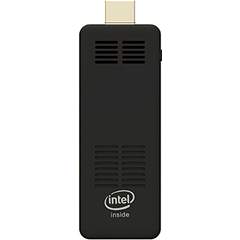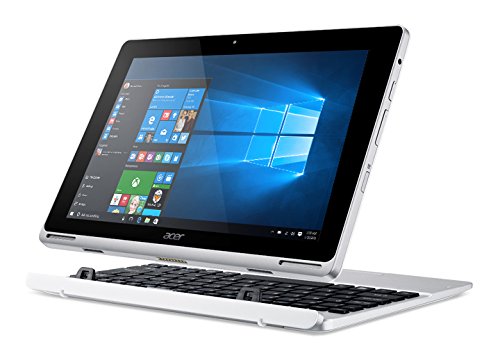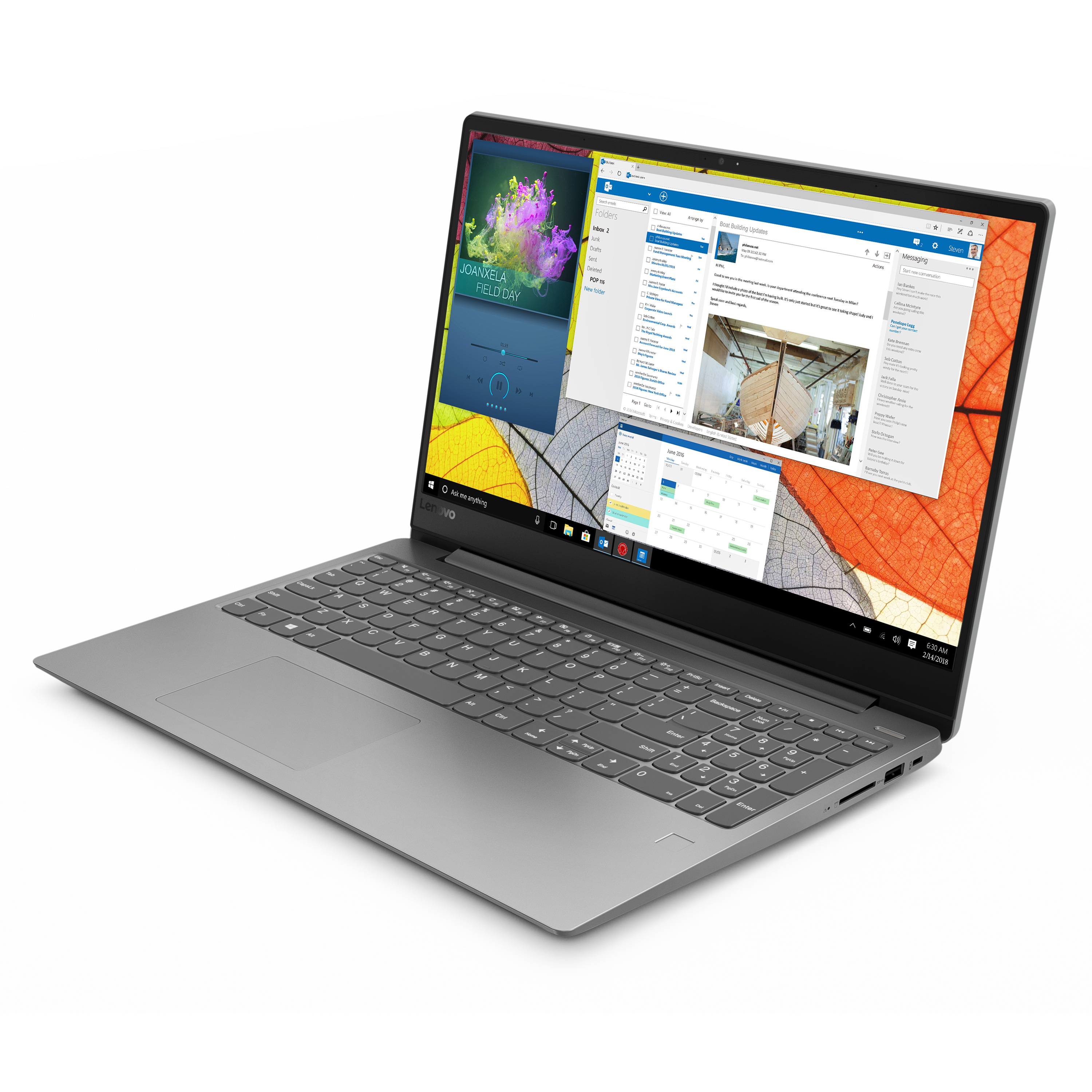Web Advertising Part 2.
I have been told that it is an arcane art getting your webpage selected for prominent display by the search engines (getting the first listing or on the first page) and that it requires the efforts of a highly paid professional. I reject this notion; my experience has shown that a few straightforward and common sense tactics can get any web page favored by the search engines. The various search engines are sufficiently open about what they “score” highly for selection. Recently, Google and Bing posted notes regarding changes to their scoring schemes; both now favor pages that include content for the vision challenged in addition to favoring “living” and “dynamic” pages.
This is good news all around. The web has become very visually oriented; to the extent that, until recently, the sight impaired, and those with limited motor control (and a vast array of other situations that create challenges to experiencing web content) experienced the web in an extremely reduced quality. Whatever the reason you are building a web presence, providing your message to the maximum audience is desirable. Being mindful of the newer guidelines for the search engines not only helps you get higher on the page but also allows you to include more of the potential audience. A marketing specialist can help you get a higher percentage of reached individuals to engage with your content, while building pages that the search engines favor helps you reach a larger audience; both factors are extremely important in forming a successful campaign.
There are simple things we (as builders of the website or blog) can do to achieve favor within these new guidelines. When posting a photograph, try fully describing both the photo and its association with the text or other materials surrounding it; often this can be entered as text in the “alternate text” field associated with the photo. Similarly, when embedding a video or a table of numbers, or a graph, fully describe it and how it applies to the material it is meant to enhance or exemplify. If you are using WordPress, media items (photos, videos, sound recordings, charts, etc.) can easily be annotated as you place them from the media library with a title, a caption (visible to all), alt text (used by screen readers, search engines, visible to those requesting text mode or whose browser settings prevent picture loading), a description (available to same group as alt text). All of these can assist in getting search engine favor and in helping to identify the importance of that media to both the search engines and all viewers. A quick hint for WordPress users; if you will use a media item multiple times and want different annotation, create multiple copies because the annotation stays with the library entry, not the “instance” on the page.
As you format the “page” remember that we want the page to be dynamic; in this case I refer to the ability of WordPress and other page layout products to format the page differently to optimize its appearance and function for various kinds of viewing devices (smart phone, tablet, PC, Mac, etc.). This can involve choosing larger fonts (14pt and above recommended for the small displays and the visually impaired); avoiding hard to read fonts (artsy but more difficult to read for all), and good white-space balance (this is many things but it amounts to adding white space to make paragraphs easier to spot, photos, tables, and graphs easily identified with the text they enliven but not jammed into, and more). Understanding that the page will be reformatted based on the viewer’s device might lead to using larger or smaller elements (media or text); but, generally the use of a moderate sized and easy to read font for all text will go a long way here. Breaking up parts of the page to separate different thoughts you are expressing may also assist the reader (particularly after the dynamic page layout engine shapes it for small displays).
In addition, you want to include “tags”; this is your chance to give the search engines words or phrases that you think your content explains or is the answer to. If someone was searching for “this tag” I want my page provided at the top of the list or prominently in the list. This makes “tags” an important consideration and a powerful tool to get your page presented to those searching for your offerings. Depending on what tools you use to create your pages, “tags” will be available in different ways; in WordPress, each post and each page has a field that you can paste your tags into. A quick step back; when we were filling in the alternate text and description fields for media earlier, we would like to include (smoothly, artfully) those same tags in the descriptive text for those media. Back to “tags”; these are not sentences, the search engines are looking to match a key word or 2, maybe, 3 word phrase and the “tags” themselves are primarily here for the search engines. It is extremely rare for a viewer of a page to dig in deep enough to ever see the tags associated with it.
Now that we have some content on our webpage, hopefully very attractive to reader and search engine alike, it will help to go to the various search engines and “register” our page. In this step the search engine is, once again, informed of the “tags” for our intended content and audience and you may choose to pay for higher placement or for advertising space. Some of the engines will allow you to enter a description or even a lengthy briefing designed to grab attention to your link(s) and provide business and or personal information (address, hours, phone numbers, email address, etc.). This is a process you can do or have a service or even an app do for you; I prefer doing it myself as it often gives me hints about what the search engine is looking for and what other entities are doing that might be in competition with me.
In part 3, I hope to discuss keeping your page alive; strategies and the need for updating the content on your page.





